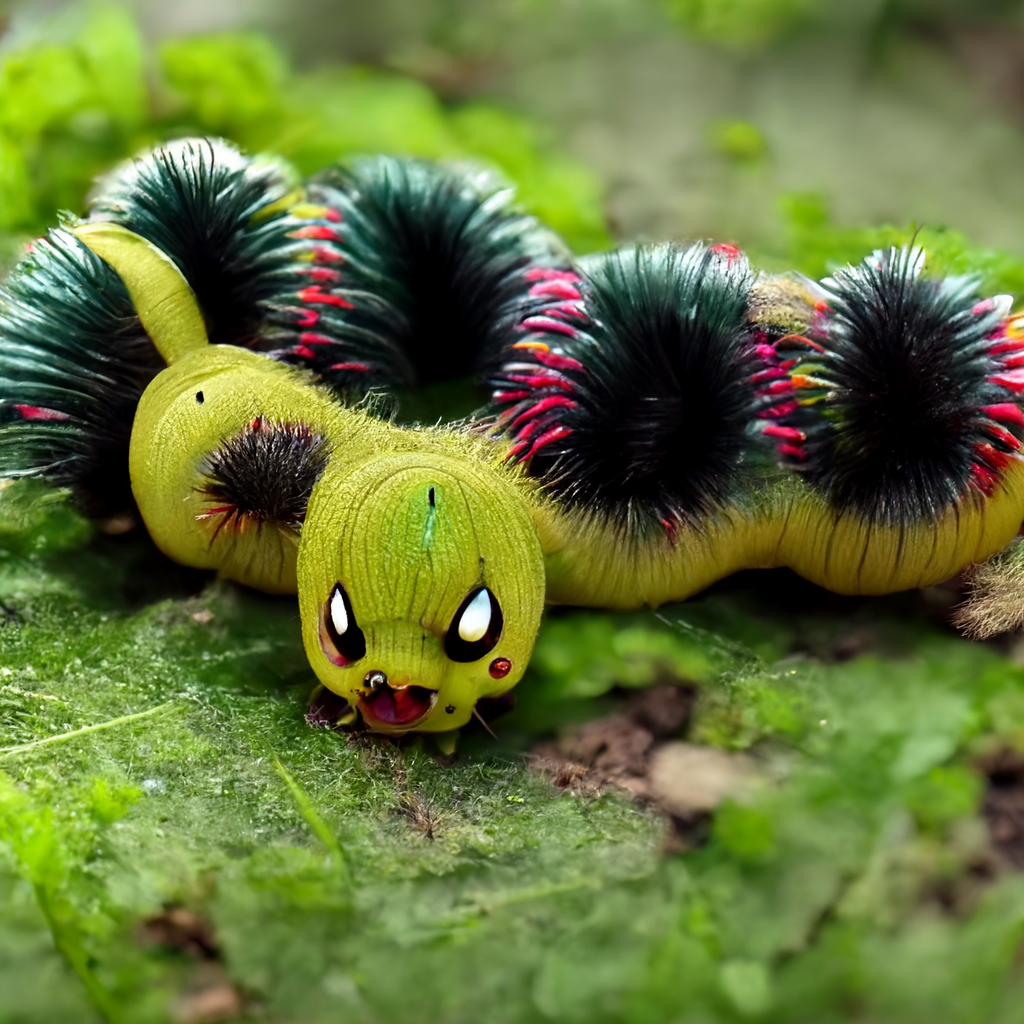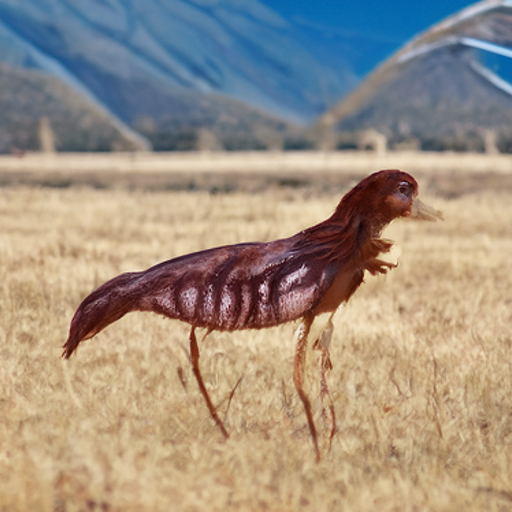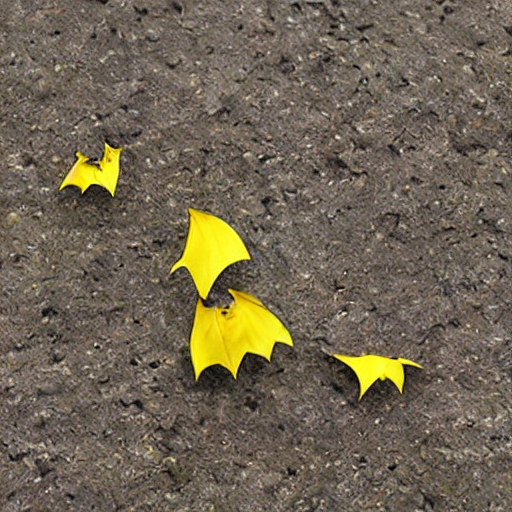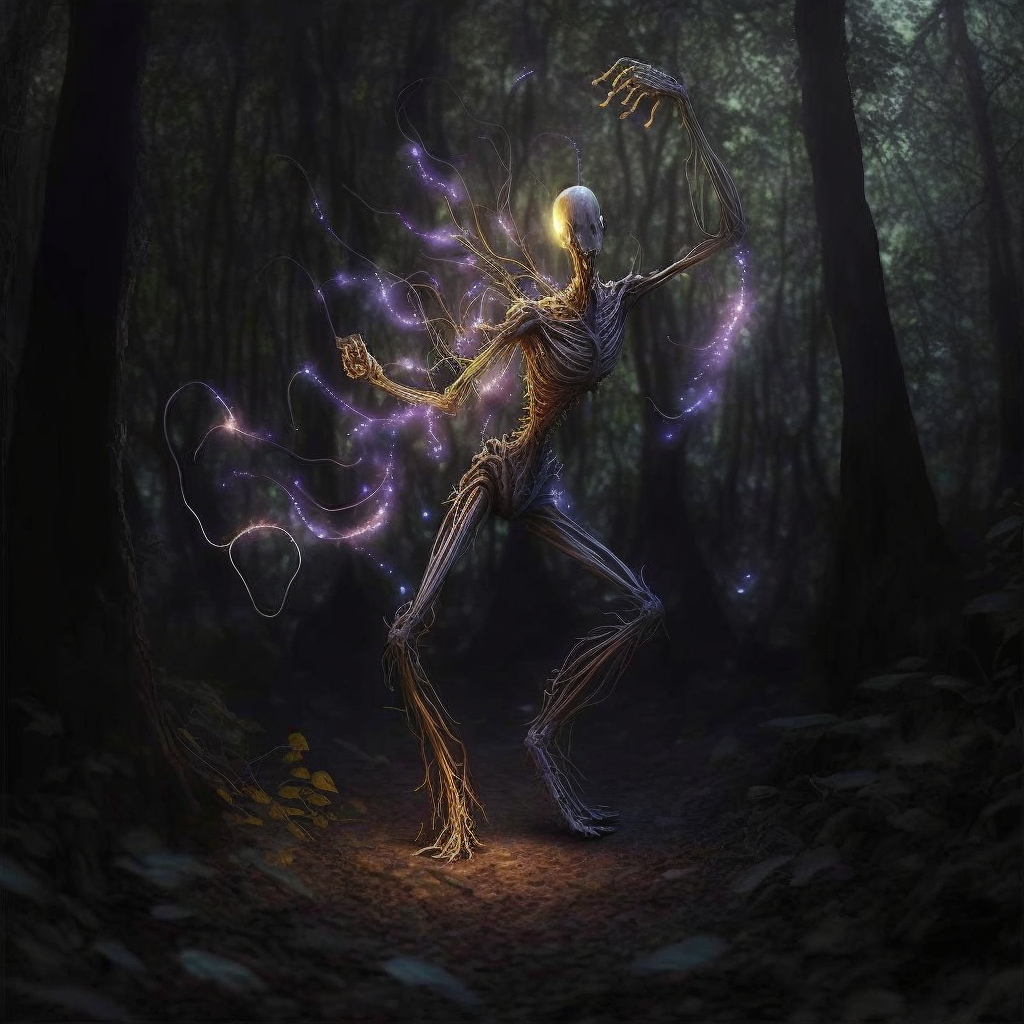

Toomels are small worm-like creatures that live just below the surface of the earth. They enjoy tunneling through the ground but prefer to stay close to the surface. When it rains, toomels will emerge from the ground and spend time on the surface to avoid drowning. During this time, they're particularly vulnerable to predators because they have no effective defense mechanisms other than shifting their spherical body segments into other configurations.
Explore an endless universe of ficticious life on NovelGens.




.png)
